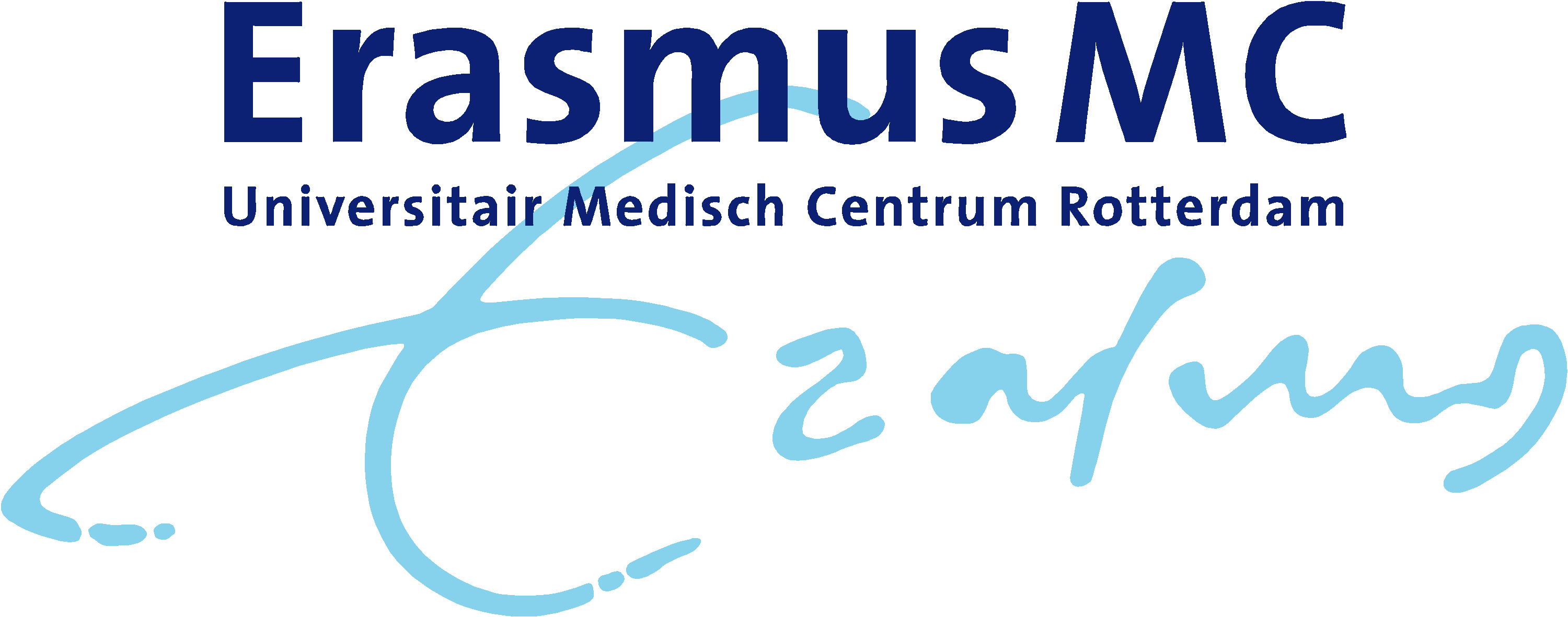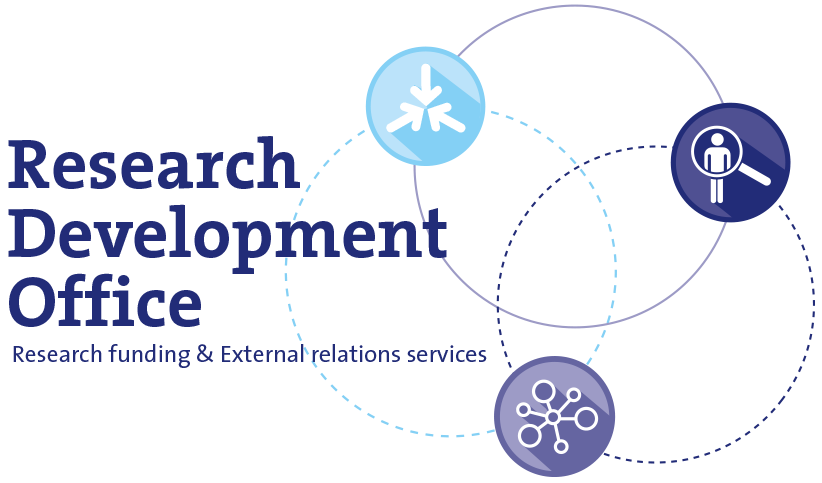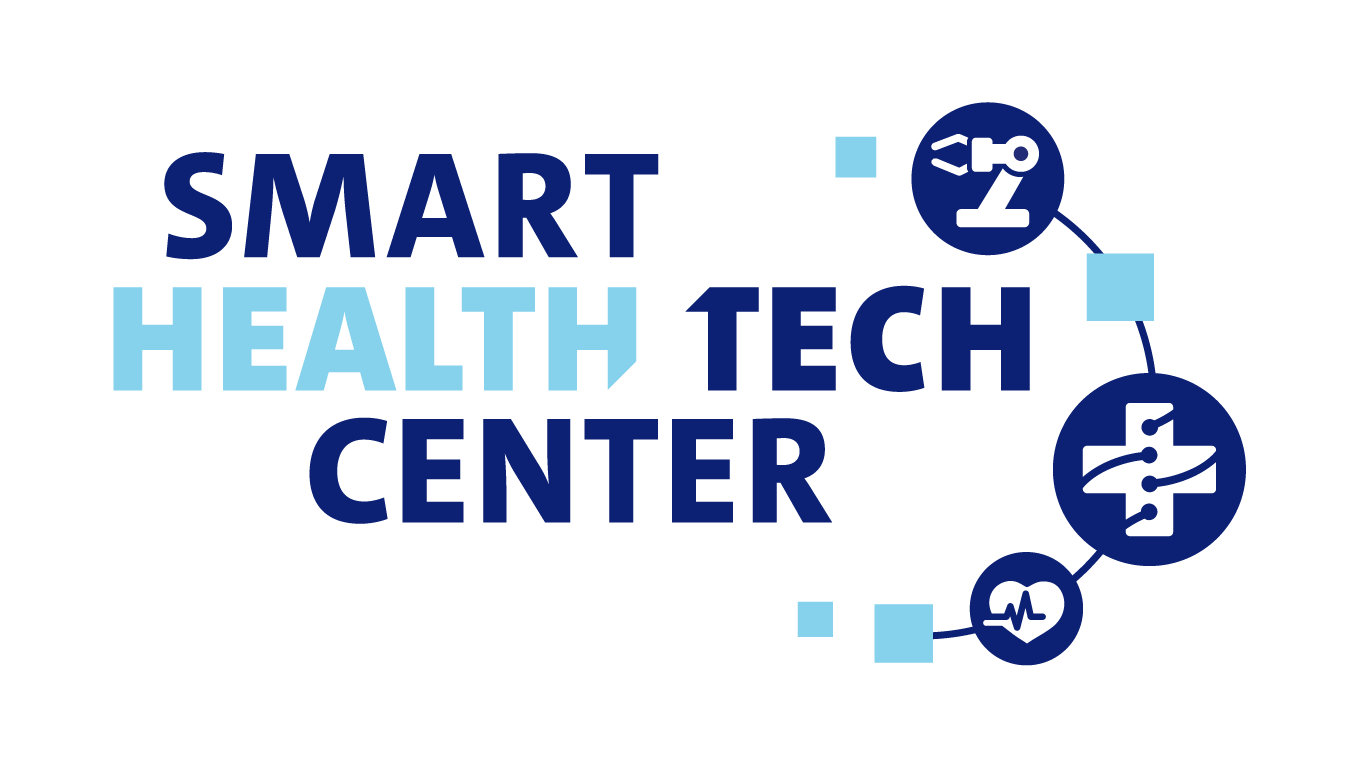Neuromonitoring and stimulation in mouse models for epilepsy and autism spectrum disorder using novel wireless technology

Project summary
Complex neurological disorders with widespread network deficits, such as epilepsy and autism spectrum disorder (ASD), are notoriously difficult to comprehend in a context-dependent manner. For example, epilepsy is associated with increased synchrony in cerebello-cortical networks during acute attacks which can be disrupted by neurostimulation. However, mechanisms underlying this treatment approach and its impact on network dynamics over longer periods of time remain unknown. Likewise, ASD is associated with decreased network synchrony in unnatural settings, but it is unclear to what extent these abnormalities are relevant during natural social interactions. This limited knowledge reflects technical limitations in our ability to chronically monitor and modulate network dynamics and interactive behaviors in a natural setting, and hampers our ability to design new therapies. Here, I propose to develop a system, called Neuro-E-Mit, that allows such chronic monitoring combined with neurostimulation, revealing the treatment-potential of specific sites. With this approach, I should be able to achieve my long-term goal, which is to elucidate the evolvement of cerebello-cortical network dynamics following treatment in epilepsy, and during natural social behavior in ASD. For specific aim 1, I will assemble the Neuro-E-Mit system, solving prime technical hurdles. For specific aim 2, I will subject animal models of epilepsy to Neuro-E-Mit, elucidating the evolvement of network aberrations and testing the impact of different short- and long-term treatment strategies. For specific aim 3, I will use Neuro-E-Mit to study network dynamics in ASD models during natural social behavior with and without neurostimulation to identify neuro-anatomical targets for potential treatments.
Impact
Collectively, these aims may provide a novel state-of-the-art neuromonitoring and stimulation system that can be used to increase our understanding of epilepsy and ASD while opening new avenues for specific treatments. Moreover, it may revolutionize our approach to unravel complex neurological and psychiatric disorders with widespread network deficits in general.
More detailed information
Principal Investigator:
Role Erasmus MC:
Coördinator
Department:
Project website:
Not available
Funding Agency:
Erasmus MC



